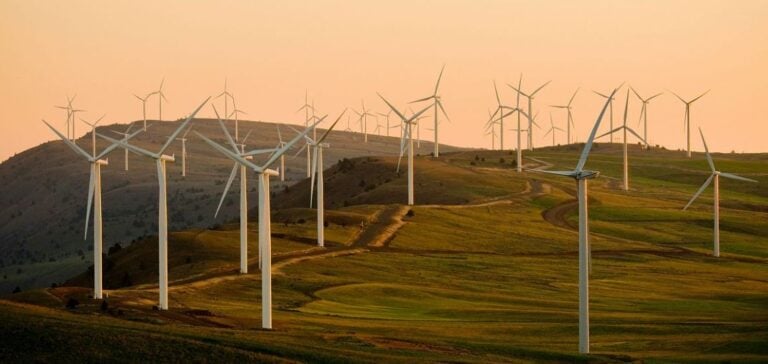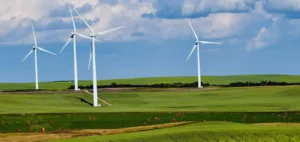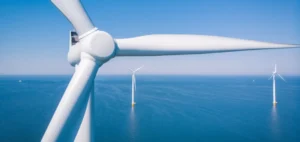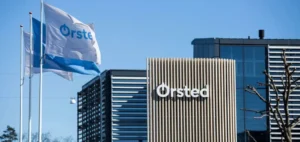Iberdrola, one of the world’s leading renewable energy companies, has obtained final environmental approval from the Portuguese government to build the country’s largest wind farm. This 274 MW infrastructure will be located in the Vila Real and Braga districts. It is part of the Tâmega hydroelectric complex, and will represent a major step forward in Portugal’s energy transition. Iberdrola continues to invest in renewable energies in Portugal, having inaugurated the installation of two photovoltaic complexes in 2023.
A large-scale project
The 274 MW wind farm, which will supply clean energy to around 128,000 homes, is Portugal’s largest hybridization project. It will operate the grid injection point already built for the Tâmega hydroelectric complex, thus combining wind and hydro power. This hybridization will enable more stable and efficient use of renewable resources, reducing dependence on variable environmental conditions.
The Agência Portuguesa do Ambiente (APA) granted final approval after a thorough environmental impact assessment. This decision marks a crucial step in the development of the Tâmega Eólico project. The next step for Iberdrola will be to obtain a production license from Portugal’s Directorate General for Energy and Geology, with construction scheduled to start in early 2025.
State-of-the-art technology and environmental impact
The new wind farm will complement the Tâmega hydroelectric complex, increasing the supply of green, competitive energy to the Portuguese power grid. Hybrid installations, using the same grid connection point and sharing infrastructure such as the substation and evacuation lines, will reduce environmental impact compared to two independent installations.
Iberdrola will implement various environmental measures to protect local ecosystems. Planting of native species and forest management actions will be pursued, in addition to the creation of pastures, the planting of fleshy fruit species, the recovery of ponds and the installation of bat nesting boxes. Ecological monitoring of systems (birds, bats, wolves, flora and habitats) will be implemented to minimize potential impacts.
Tâmega hydroelectric complex
The Tâmega hydroelectric complex is one of the largest hydroelectric projects built in Europe in the last 25 years. Comprising three power plants – Alto Tâmega (160 MW), Gouvães (880 MW) and Daivões (118 MW) – it represents a total installed capacity of 1,158 MW, representing a 6% increase in Portugal’s installed electrical capacity.
The Tâmega complex is capable of producing 1,766 GWh per year, covering the energy needs of neighboring municipalities and the cities of Braga and Guimarães, i.e. 440,000 households. What’s more, it can store 40 million kWh, equivalent to the energy consumption of 11 million people for 24 hours.
Iberdrola continues to promote energy independence and decarbonization by diversifying production sources and reducing CO2 emissions by 1.2 million tonnes a year. The project will also generate significant economic activity and employment in the region, with up to 3,500 direct jobs and 10,000 indirect jobs.
This emblematic project, worth over 1.5 billion euros, underlines Iberdrola’s commitment to a sustainable energy future for Portugal and Europe.






















